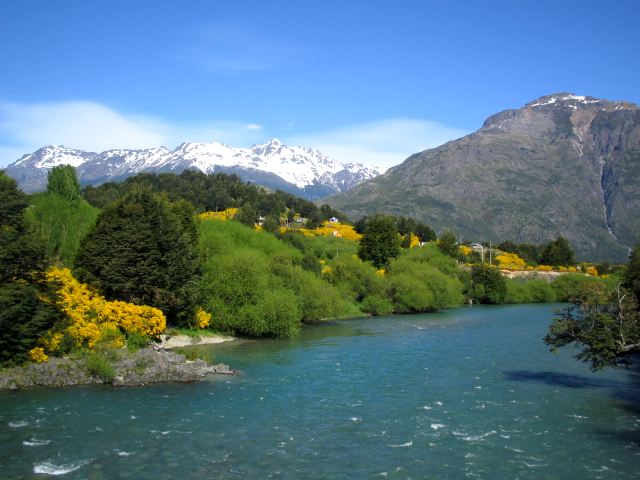At least seven people have been swept away and dozens are missing, in
a flashlood early Saturday on the Seti River in Pokhara that seems to
have been triggered by an avalanche upstream in the Annapurna mountains.
Latest reports say police and army personnel are trying to make their
way up the Seti River to ascertain damage, but buses, houses and have
been swept away in the outskirts of Pokhara with thousands thronging the
bridges on the city to see the gorged river which flows beneath the
city.
What makes Pokhara scenic is also the reason why it is vulnerable to
avalanche floods. The city lies only 900m above sea level and the
terrain rises to 8,000 metres within 35 km to the north. Avalanches and
landslides in the Annapurnas therefore tumble down directly into the
Seti and Mardi Rivers. The avalanches can block the rivers, causing
large lakes to be impounded which then burst, causing flashfloods
downstream.
Pokhara city is situated on the debris field of just such a
cataclysmic flood about 800 years which geologists say was caused when
the Seti burst through a dam created by a landslide or avalanche in its
headwaters below Annapurna 4 and behind Machapuchre. One relic of this
flood is the huge Bhim Dhunga boulder that is five-storey high in
Pokhara Campus.
That flood event blocked side rivers leading to the formation of
Phewa, Begnas and other lakes in the Pokhara Valley. In the last 800
years, the Seti has cut through the soft deposits of sand and boulders
forming canyons and flowing directly under the city.
The dramatic terrain also gives Pokhara the highest rainfall in Nepal
of more than 4,000mm per year: even more than eastern Nepal. The
rainfall doesn’t just increase the flood danger, but also massive
landslides every monsoon in Kaski, Tanahu and Parbat districts.
Although Saturday’s flood doesn’t seem to have been caused by a
glacial lake outburst, nor can it be directly attributed to global
warming. The vertical terrain and high precipitation make Pokhara
vulnerable to such floods as shown by the big flood 800 years ago.
However, climate change could exacerbate the problem and make such
floods bigger and more frequent.
The high casualty rate was probably due to settlements and sand
mining activity along the river by people who don’t expect floods during
the dry season.
